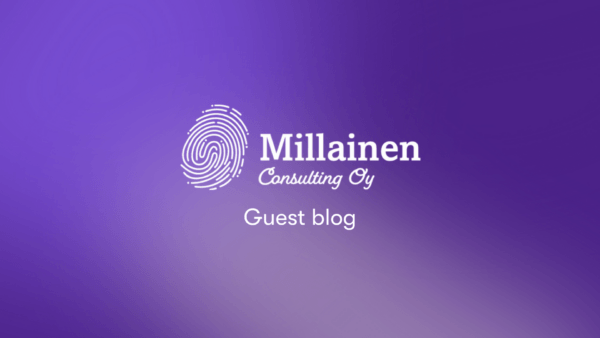
How shared purpose drives collaborative workplaces
Today’s world of work is purpose-led, and workers expect employers to deliver.
The pandemic has prompted many people to do soul searching: 65% of employees around the world said the pandemic had made them rethink the place that work should have in their life, and 56% said it made them want to contribute more to society, according to a Gartner report.
People want purpose in their lives, which includes their work. Beyond monetary compensation—which is of course essential—people ultimately want to feel heard, valued, and empowered at work. They want to feel part of a purpose-driven environment and to create impact.
In this post, we’ll take a deep dive into purpose. This is the second post in the blog series where we look at the key drivers to achieve collaborative impact. We’ll first consider how workers view purpose, based on our original research, and then break down why purpose and collaboration must go hand in hand.
How do workers today view purpose?
Office workers want meaning at work, ideally measured impact
An organization’s purpose is its reason for being, what it stands for, and where it has a positive impact on society. Now more than ever, engaged workers today expect a strong purpose from their employers. In fact, nearly 70% of employees say they wouldn’t work for a company without a strong purpose.
But purpose can only go so far—results from the Howspace State of Collaboration report show that employees have a deep desire for their role to contribute to impact.

Employees expect organizations to go beyond making money and make a positive impact on society as well. Organizations must benefit all stakeholders—including employees and the communities they operate in—rather than just shareholders.
Purpose matters to workers, but some don’t believe leadership has this same view
Respondents to the Howspace State of Collaboration survey across a variety of sectors, company sizes, and ages said that purpose matters to them personally. However, many employees do not believe that their leadership has purposeful values and a desire for impact.
This perceived values gap is alarming, and can lead employees to look for work elsewhere. Millenial and Gen Z employees especially want to understand their part in the organization, how they contribute to purpose, and where the organization is headed.
The future of work is rooted in purpose
Determining and living your organization’s purpose is mission critical
Organizations that have shared values and a defining purpose have the most engaged workforce. Purpose and impact aren’t just ‘nice-to-haves’ in our world of work—leaders must embed them in the very fabric of an organization and how it breathes.
Today, employee engagement, customer value, company reputation, and stakeholder relations all are all leaning on purpose and impact. But this is new territory for most organizations—how exactly do you incorporate purpose in everyone’s daily work?
Purpose must be co-created
An organization’s purpose shouldn’t be dictated top-down from leadership. No one can tell an individual what their purpose in life is, and the same principle applies to organizations. Purpose is closely tied to all the people who make up an organization, meaning clarifying purpose is complex work.
Leaders need to know what their employees care about and find meaningful. When organizations arrive to their purpose through open discussion and collaboration, workers will feel more motivated to put it into action. Their work will feel more meaningful as they understand their role in the larger context.
These discussions and working time must be considered as important as every other aspect of work with the process kept alive and visible in everyday work and employee development.
A strong purpose must unify and drive how people work together
Just like determining your organization’s purpose requires collaboration, living the purpose to its impact certainly requires the contribution of every worker. Leaders need to be open-minded and inclusive to create a purpose-driven culture.
Reflecting on purpose and living it out daily within the organization requires effort, but the business case for purpose is clear: The Deloitte Insights 2020 Global Marketing Trends Report shows that purpose-driven companies report 30% higher levels of innovation. Additionally, brands that are perceived to be purposeful grow twice as fast as their competition.
Want to build your own workspace to create a sprint plan or a learning course? You can sign up now to access Howspace for free!
You might be interested in these as well
View all
Emotional Leadership in Change and Transformations at Different Organizational Levels
Discover the power of emotional leadership in navigating change at different organizational levels.

Gofore joins forces with Howspace as a new strategic partner
Gofore joins forces with Howspace as a new strategic partner to drive human-centric digital transformation.

Make Your Decision-Making More Inclusive and Effective
Participatory decision-making taps into the collective wisdom of your entire workforce. Here’s how to make more impactful decisions in your organization.